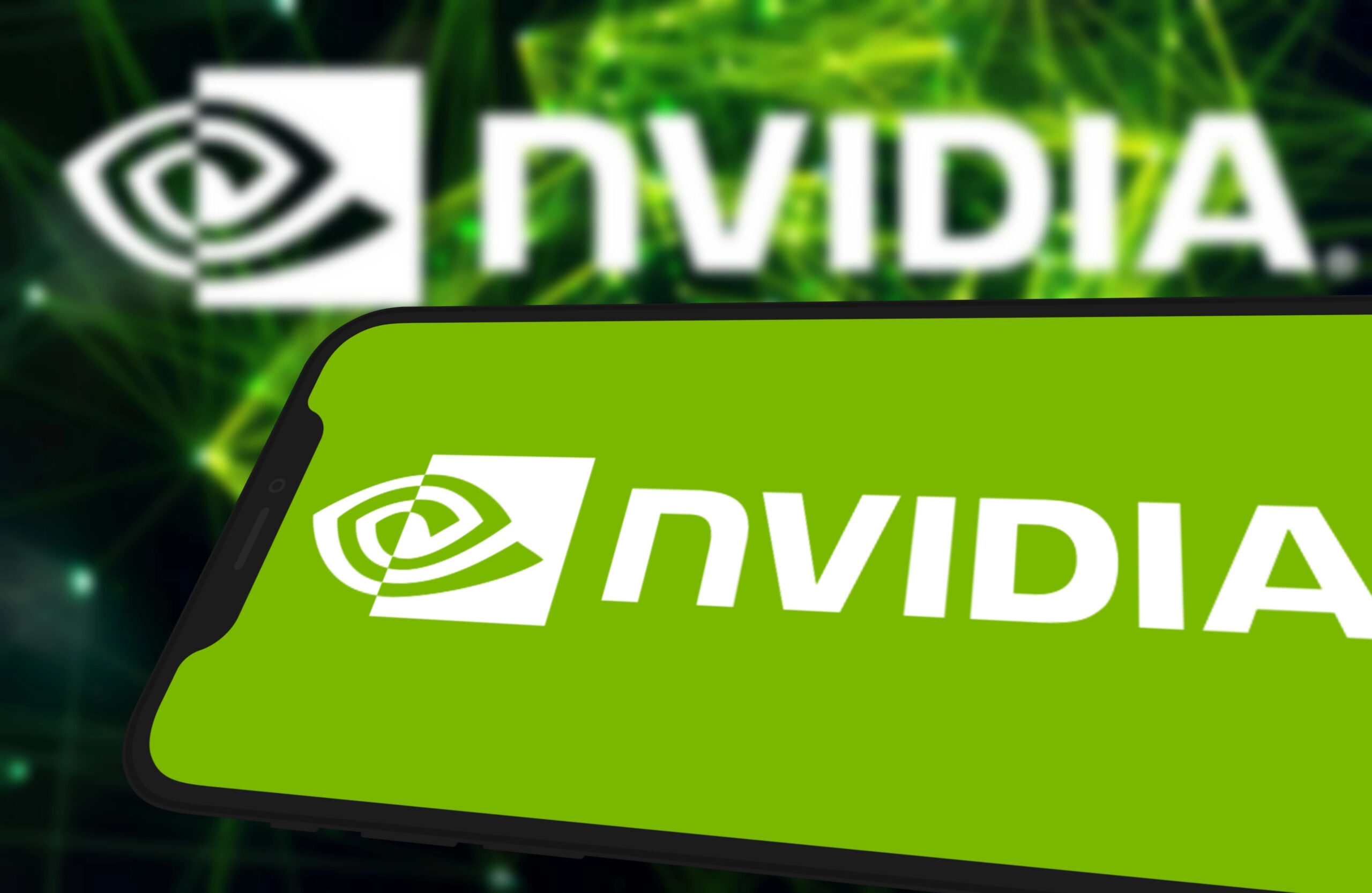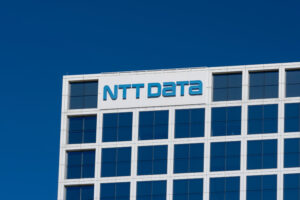Nvidia’s latest announcement is set to reshape AI computing. The Vera Rubin superchip, launching in 2026, will succeed the Blackwell architecture. This marks a major milestone in addressing the growing computational demands of advanced AI models. Named after astronomer Vera Rubin, this next-generation system integrates cutting-edge CPU and GPU technologies. It also features revolutionary interconnect and memory capabilities. Meanwhile, the Blackwell Ultra GPUs will arrive later this year. Understanding these advancements is crucial for AI initiatives. Staying informed ensures your organization remains at the forefront of technological innovation.
Unveiling the Vera Rubin Superchip: Nvidia’s Next-Gen AI Powerhouse

Nvidia’s announcement of the Vera Rubin superchip marks a significant leap forward in AI computing capabilities. Set to debut in late 2026, this next-generation system is poised to redefine the boundaries of computational power for advanced AI models.
Cutting-Edge Architecture
At the heart of the Vera Rubin superchip lies a formidable duo: the Vera CPU and Rubin GPU. This powerful combination is engineered to tackle the most demanding AI workloads, particularly those involving complex reasoning models. The architecture’s cornerstone is the NVLink 6 interconnect technology, boasting an impressive 3,600 Gbps of bandwidth. This ensures seamless communication between components, critical for handling the intricate calculations required by cutting-edge AI systems.
Memory and Networking Advancements
The Vera Rubin superchip incorporates HBM4 memory, pushing the boundaries of data processing with speeds reaching up to 13 terabits per second. This unprecedented memory performance is complemented by the inclusion of the new CX9 SuperNIC network interface card, enhancing overall system connectivity and data transfer capabilities.
Bridging the Gap to Future AI
As AI models continue to grow in complexity and scale, the Vera Rubin superchip represents Nvidia’s commitment to meeting and exceeding the escalating computational demands of the AI industry. By providing the necessary horsepower for next-generation AI applications, Nvidia is not just keeping pace with current needs but actively shaping the future of AI computing.
Blackwell Ultra GPUs: A Significant Performance Boost for Nvidia’s Current Lineup
As Nvidia paves the way for the future with its Vera Rubin superchip, the company isn’t neglecting its current lineup. The introduction of Blackwell Ultra GPUs within the year promises to deliver a substantial performance upgrade, positioning Nvidia at the forefront of AI computing capabilities.
A 50% Leap in Performance
The Blackwell Ultra GPUs represent a significant evolution in Nvidia’s GPU architecture. With a projected 50% performance boost over their predecessors, these GPUs are set to redefine the boundaries of AI and high-performance computing. This leap in processing power will enable researchers and developers to tackle more complex AI models and simulations with unprecedented speed and efficiency.
Meeting the Demands of Advanced AI
As CEO Jensen Huang highlighted, the computational requirements for emerging AI systems, particularly those involving reasoning models, have surged dramatically. The Blackwell Ultra GPUs are Nvidia’s response to this escalating demand, offering the raw processing power needed to train and run increasingly sophisticated AI algorithms. This advancement will likely accelerate breakthroughs in fields such as natural language processing, computer vision, and predictive analytics.
Bridging the Gap to Vera Rubin
While the Vera Rubin superchip represents Nvidia’s long-term vision, the Blackwell Ultra GPUs serve as a crucial steppingstone. By significantly enhancing current capabilities, these GPUs will allow developers and researchers to push the boundaries of AI technology, laying the groundwork for the even more advanced systems that Vera Rubin will enable in the future.
Dynamo: Nvidia’s Open-Source Coordination Tool for Expansive GPU Networks
Revolutionizing AI Inference Communication
Nvidia’s unveiling of Dynamo marks a significant leap forward in the realm of AI computing. This open-source software is engineered to orchestrate inference communications across extensive GPU networks, addressing the growing complexity of large-scale AI systems. By facilitating seamless coordination between GPUs, Dynamo enables more efficient processing and communication, crucial for the next generation of AI models.
Key Features and Benefits
Dynamo’s architecture is designed to optimize data flow and reduce latency in multi-GPU environments. Its open-source nature encourages collaboration and customization within the AI community, allowing developers to tailor the tool to their specific needs. Some notable features include:
Dynamic load balancing for optimal resource utilization
Scalable communication protocols for large-scale deployments
Intelligent task scheduling to minimize idle GPU time
Integration with Nvidia’s AI Ecosystem
As part of Nvidia’s comprehensive AI strategy, Dynamo seamlessly integrates with other Nvidia technologies, including the upcoming Vera Rubin superchip and Blackwell Ultra GPUs. This synergy creates a powerful ecosystem that can handle the most demanding AI workloads, from training complex models to running inference at scale. By providing this essential coordination layer, Nvidia is paving the way for more sophisticated AI applications across various industries.
The Rise of Reasoning Models and the Need for Computational Advancements
Evolving AI Landscape
The field of artificial intelligence is experiencing a paradigm shift with the emergence of reasoning models. These advanced AI systems go beyond pattern recognition, attempting to mimic human-like reasoning and decision-making processes. As a result, the computational demands for training and running these models have skyrocketed, pushing the boundaries of current hardware capabilities.
Challenges in AI Computing
The complexity of reasoning models presents unique challenges for AI computing. These models require not only vast amounts of data processing but also intricate logical operations and multi-step reasoning. Traditional GPU architectures, while powerful, are increasingly strained by these demands. This bottleneck has spurred innovation in chip design and system architecture to keep pace with AI’s rapid evolution.
Nvidia’s Response to Growing Demands
Recognizing the need for more robust computing solutions, Nvidia has accelerated its development timeline. The announcement of the Vera Rubin superchip represents a significant leap forward in AI computing capabilities. By incorporating advanced technologies like the NVLink 6 interconnect and HBM4 memory, Nvidia aims to provide the computational horsepower necessary for next-generation AI models. This proactive approach underscores the critical role of hardware advancements in shaping the future of artificial intelligence and its applications across various industries.
Nvidia’s Commitment to Leading the AI Hardware Sector
Pushing the Boundaries of AI Computation
Nvidia’s announcement of the Vera Rubin superchip demonstrates the company’s unwavering dedication to spearhead innovation in AI hardware. As computational demands for advanced AI models continue to soar, Nvidia is strategically positioning itself at the forefront of this technological revolution. The introduction of the Vera CPU and Rubin GPU, coupled with cutting-edge technologies like NVLink 6 and HBM4 memory, showcases Nvidia’s commitment to delivering unparalleled performance for AI applications.
Addressing Industry Demands
You’ll notice that Nvidia’s approach goes beyond mere hardware advancements. The company is taking a holistic view of the AI ecosystem, recognizing the need for both hardware and software solutions. The unveiling of Dynamo, an open-source software designed to coordinate inference communications across extensive GPU networks, illustrates Nvidia’s comprehensive strategy. This approach not only enhances the capabilities of their hardware but also provides developers with the tools they need to maximize the potential of AI systems.
Staying Ahead of the Curve
Nvidia’s roadmap, which includes the imminent release of Blackwell Ultra GPUs and the future launch of the Vera Rubin superchip, demonstrates the company’s forward-thinking mindset. By anticipating the escalating needs of AI researchers and developers, particularly in the realm of reasoning models, Nvidia is ensuring that it remains at the cutting edge of AI hardware innovation. This proactive stance reinforces Nvidia’s position as a leader in the AI hardware sector, ready to meet the challenges of tomorrow’s AI applications.
Final Analysis
As you consider the implications of Nvidia’s Vera Rubin superchip, it’s clear that the landscape of AI computing is evolving rapidly. This groundbreaking technology promises to revolutionize the capabilities of AI systems, particularly in the realm of reasoning models. The advancements in processing power, memory speed, and network connectivity will undoubtedly open new frontiers in AI research and application. As you prepare for the future of computing, keep a close eye on these developments. The Vera Rubin superchip, along with the interim Blackwell Ultra GPUs and Dynamo software, represent significant milestones in the journey toward more sophisticated and powerful AI systems. Stay informed and ready to leverage these innovations in your own work and projects.
More Stories
OpenAI Cracks Down on State Sponsored Abuse of ChatGPT
OpenAI has taken a decisive step to thwart state-sponsored exploitation of its ChatGPT technology. As detailed in a comprehensive threat intelligence report, OpenAI has disabled numerous accounts implicated in cyber operations orchestrated by state actors from countries including Russia, China, and North Korea.
Record‑Breaking Rupiah Loan Powers AI‑Ready Batam Data Hub
They secured a historic record-breaking Rupiah 6.7 trillion loan from financial giants DBS and UOB. This monumental financing supports an AI-ready data center campus at Batam’s Nongsa Digital Park.
Threads Unveils Native DM Test to Break Instagram Dependency
By unveiling a native DM (direct messaging) feature, Threads aims to sever its dependency on Instagram for private communications, a shift poised to redefine how users interact within the platform.
Google Closes Loophole That Let Hackers Bruteforce Your Hidden Phone Number
Recently, Google took decisive action to close a significant vulnerability that could potentially expose users’ hidden phone numbers to malicious actors.
Instagram Edits Brings In-App Teleprompter to Boost Creator Confidence
Introducing the in-app teleprompter within Instagram Edits, a tool designed to bolster your on-camera confidence and enhance viewer engagement.
Minimal-Data Optimization for Search Agent Training in RAG Systems
In the fast-changing world of RAG systems, training search agents with minimal-data optimization is a key challenge.


